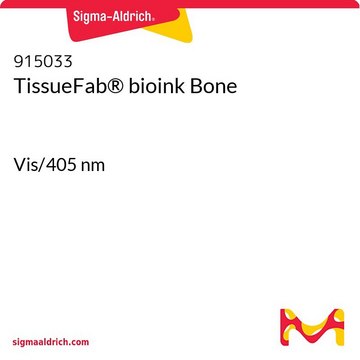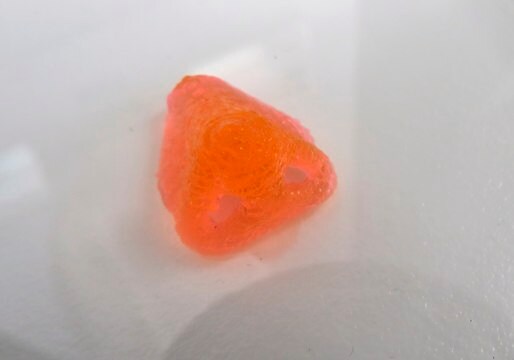915637
TissueFab® bioink Bone
support gel
Synonyme(s) :
3D Bioprinting, 3D printing, Bioink, TissueFab
About This Item
Produits recommandés
Description
suitable for 3D bioprinting applications
Niveau de qualité
Forme
powder
Couleur
white
Application(s)
3D bioprinting
Vous recherchez des produits similaires ? Visite Guide de comparaison des produits
Catégories apparentées
Application
Conditionnement
Informations légales
Code de la classe de stockage
11 - Combustible Solids
Classe de danger pour l'eau (WGK)
WGK 3
Faites votre choix parmi les versions les plus récentes :
Certificats d'analyse (COA)
It looks like we've run into a problem, but you can still download Certificates of Analysis from our Documents section.
Si vous avez besoin d'assistance, veuillez contacter Service Clients
Déjà en possession de ce produit ?
Retrouvez la documentation relative aux produits que vous avez récemment achetés dans la Bibliothèque de documents.
Global Trade Item Number
| Référence | GTIN |
|---|---|
| 915637-5G | 4061842338979 |
Notre équipe de scientifiques dispose d'une expérience dans tous les secteurs de la recherche, notamment en sciences de la vie, science des matériaux, synthèse chimique, chromatographie, analyse et dans de nombreux autres domaines..
Contacter notre Service technique







